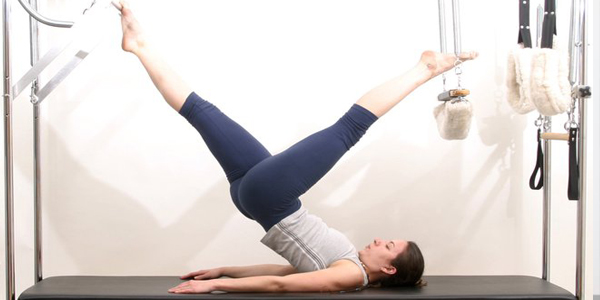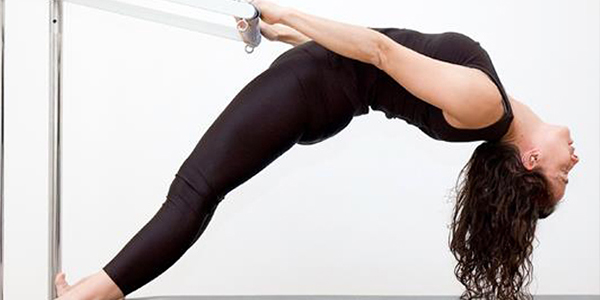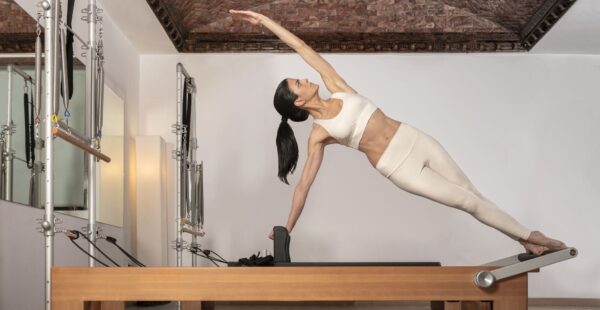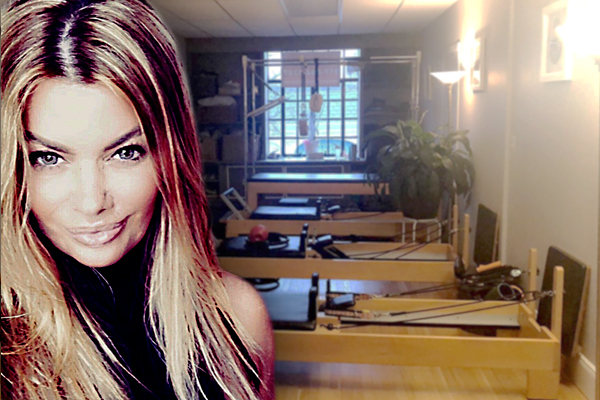




Enhance Your Life
Recent research supports Pilates as an appropriate intervention for common orthopedic and neurology injures, when is compared to other common forms of rehabilitation, it has been equal if not superior in physical, psychological and disability measures.

At Smart Moves Pilates we feel that "Pilates" is not just a disipline, but also a way of life and we strongly believe that Exercise is the Medicine of the new Millennium.

Pilates is a complete fitness method and when performed regularly positively changes the body. It combines awareness and articulation of the spine, proper breathing and strength and flexibility training.

FAQ
If you have other questions, please don’t hesitate to contact me.
Pilates is pronounced “puh-lat-eze”. It is a system of exercise created by Joseph H. Pilates in the early part of the 1920’s. In 1923, German-born Joseph H. Pilates brought his unique method of physical and mental conditioning to the United States. His study of yoga and martial arts led to the development of Pilates.
- longer, leaner muscles (less bulk, more freedom of movement)
- improves postural problems
- ncreases core strength/stability and peripheral mobility
- helps prevent injury
- enhances functional fitness, ease of movement
- balances strength & flexibility
- heightens body awareness
- no-impact – easy on the joints
- can be customized for everyone from rehab patients to elite athletes
- complements other methods of exercise
- mproves performance in sports (golf, skiing, skating, dance, etc.)
- improves balance, coordination & circulation
In some respects pilates conditioning is like yoga. Both are considered mind-body type methods of movement; both emphasize deep breathing and smooth, long movements that encourage your muscles to relax and lengthen. The difference is that while yoga requires moving from one static posture to the next without repetitions, pilates flows through a series of movements that are more dynamic, systematic and anatomically based. The goal with pilates exercises is to achieve optimal functional fitness.
- pilates is three-dimensional (i.e. exercises can be performed using all movement planes)
- emphasis on concentric/eccentric contraction for injury prevention
- pilates can be customized for special needs
- emphasis is placed on rebalancing muscles around the joints
- pilates corrects over-training and muscle imbalance that leads to injury
- pilates emphasizes balancing strength with flexibility
- pilates leads to an improvement in posture and body awareness.
You can expect an increase in flexibility, mobility, balance, and body awareness, as well as a decrease in back pain and other general pains. Also, certain types of pilates are very effective for weight loss and weight maintenance.
The average active person, doing 2-3 classes per week should see some results within 10-12 classes. This will vary depending on each individual and things such as the number of classes a person takes each week, whether they participate in other physical activities, and whether they have any existing injuries.
Although you should always consult your physician before starting any fitness routine, a pilates workout is gentle and controlled with no sudden jarring actions. It is important to learn the variation of the exercise that will be of the most benefit to you.
The available information on pregnancy and exercise can be very confusing – even conflicting. No two women’s bodies are the same, and this is especially true during pregnancy. There are workouts that are quite appropriate for some people during pregnancy and not for others. During a normal, healthy pregnancy, moderate exercise is safe for the fetus. Exercise is also said to prevent varicose veins, hemorrhoids and low back pain – not to mention boosting self esteem. The guidelines stated by the American Council on Exercise are not as hard-and-fast as they used to be. However, research suggests that no new exercise routine should be started during your first trimester. As well, you should be careful of over-exerting the abdominal muscles.